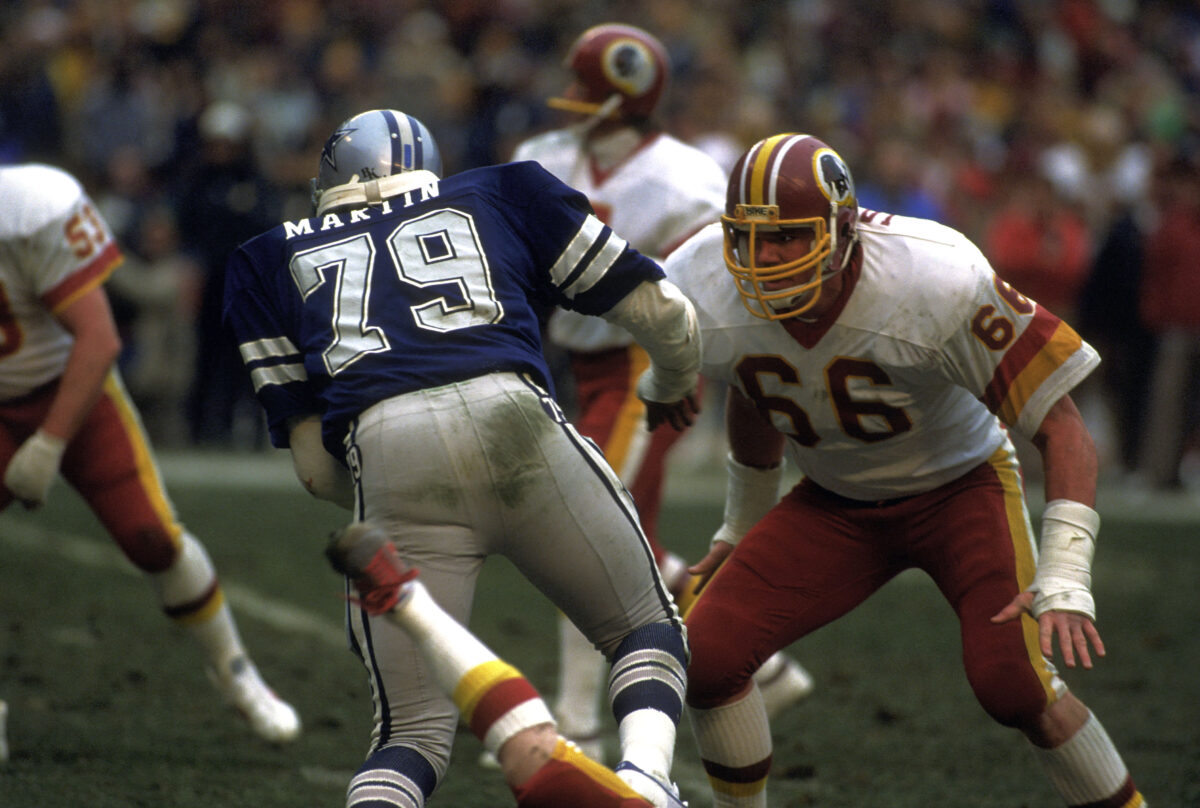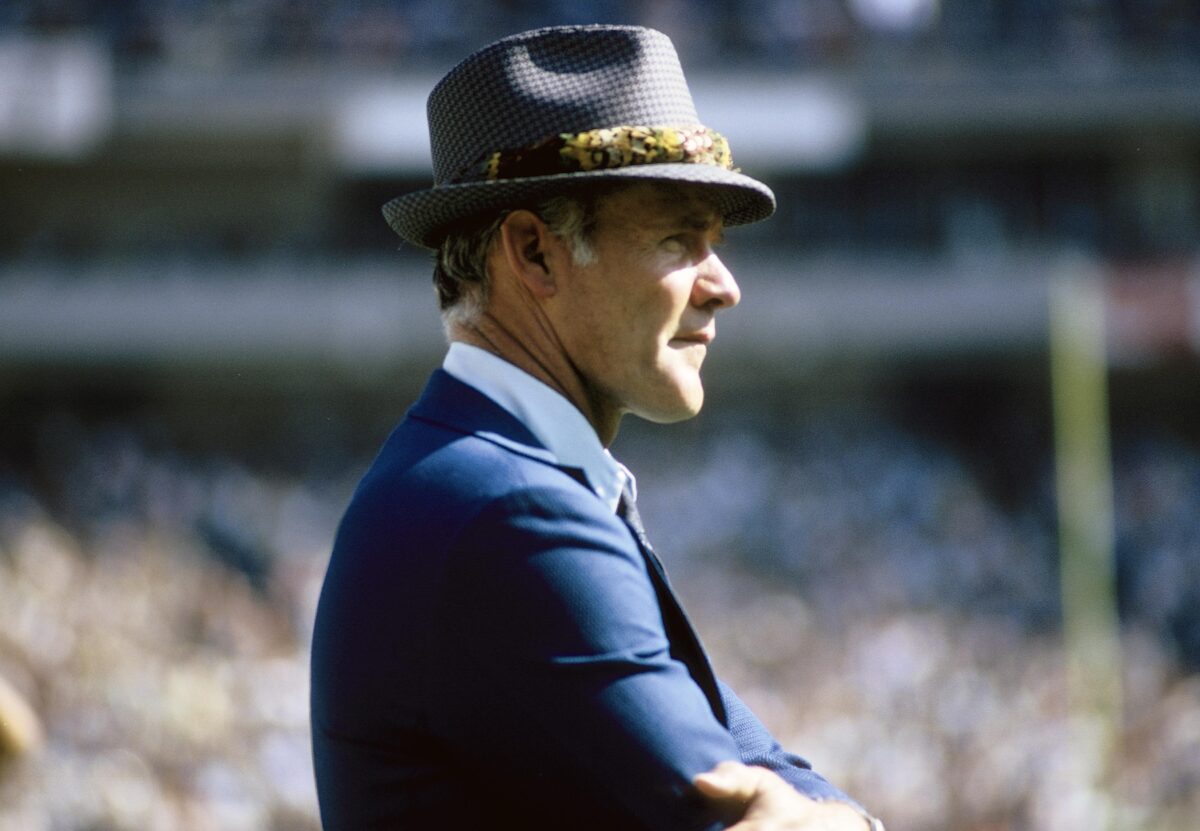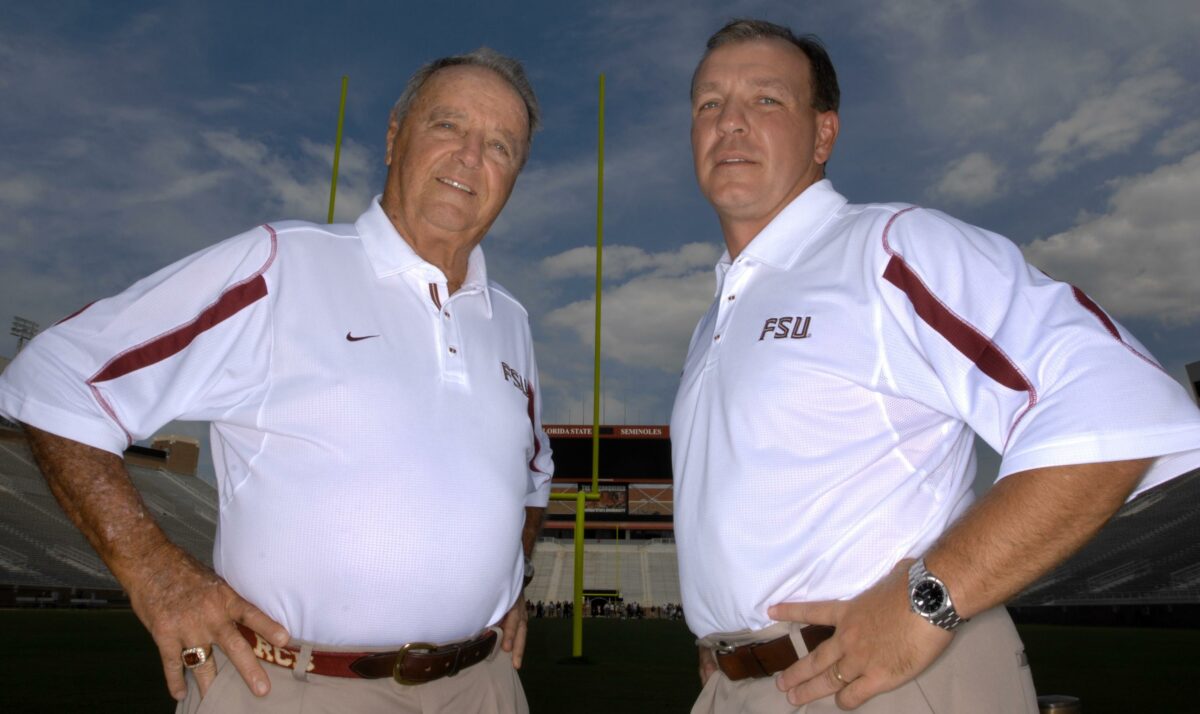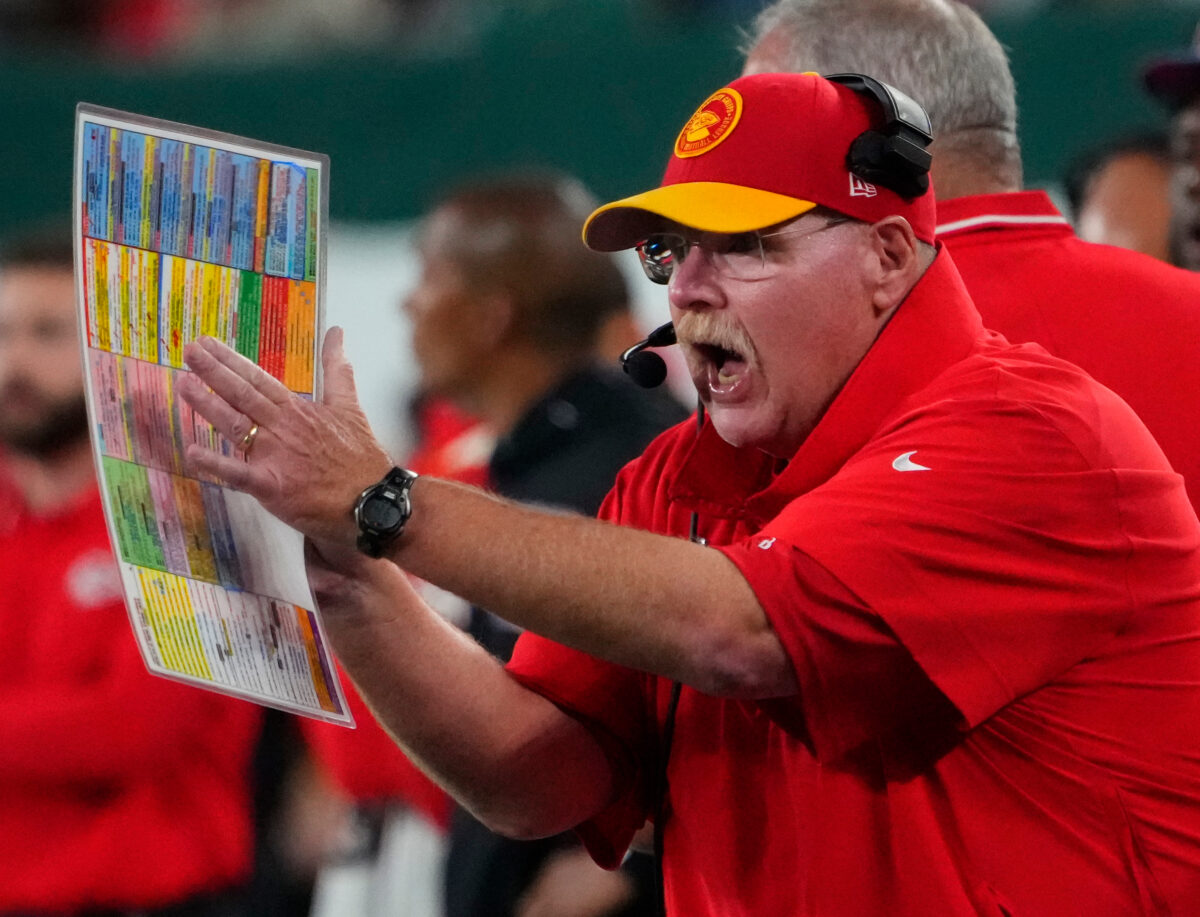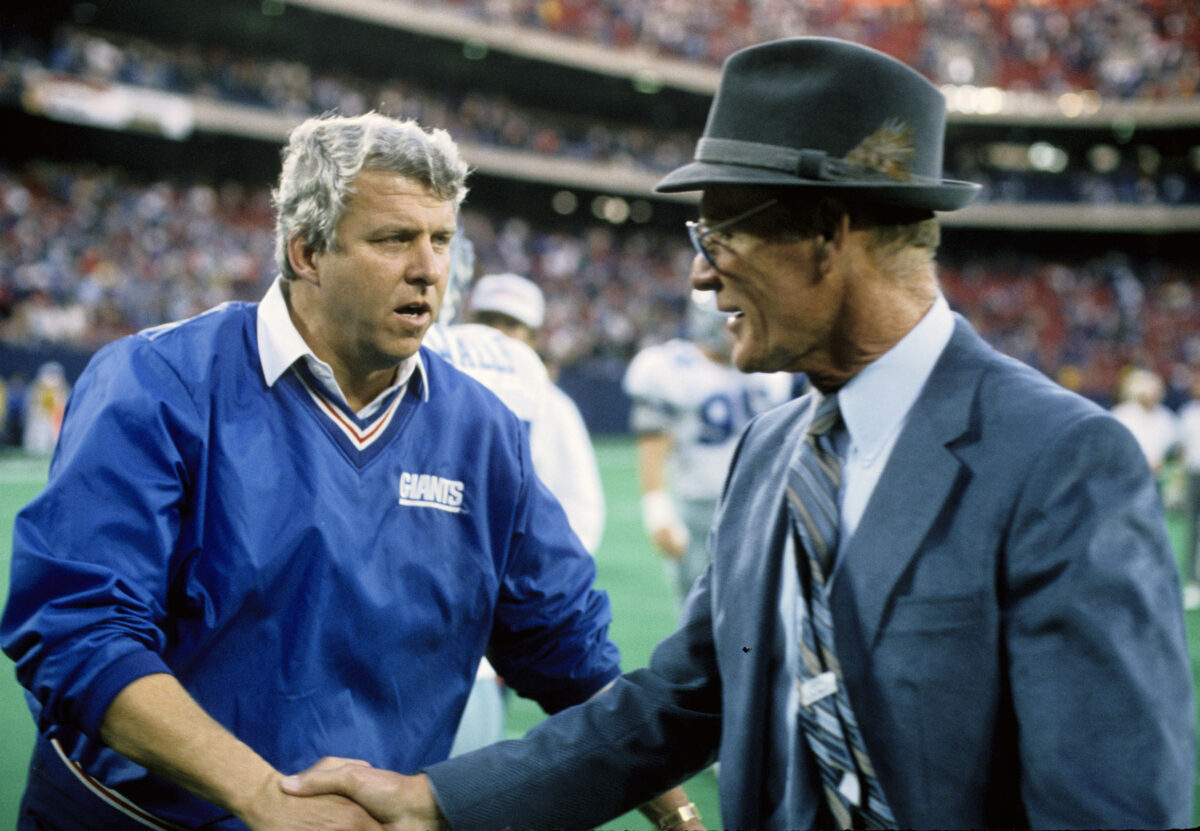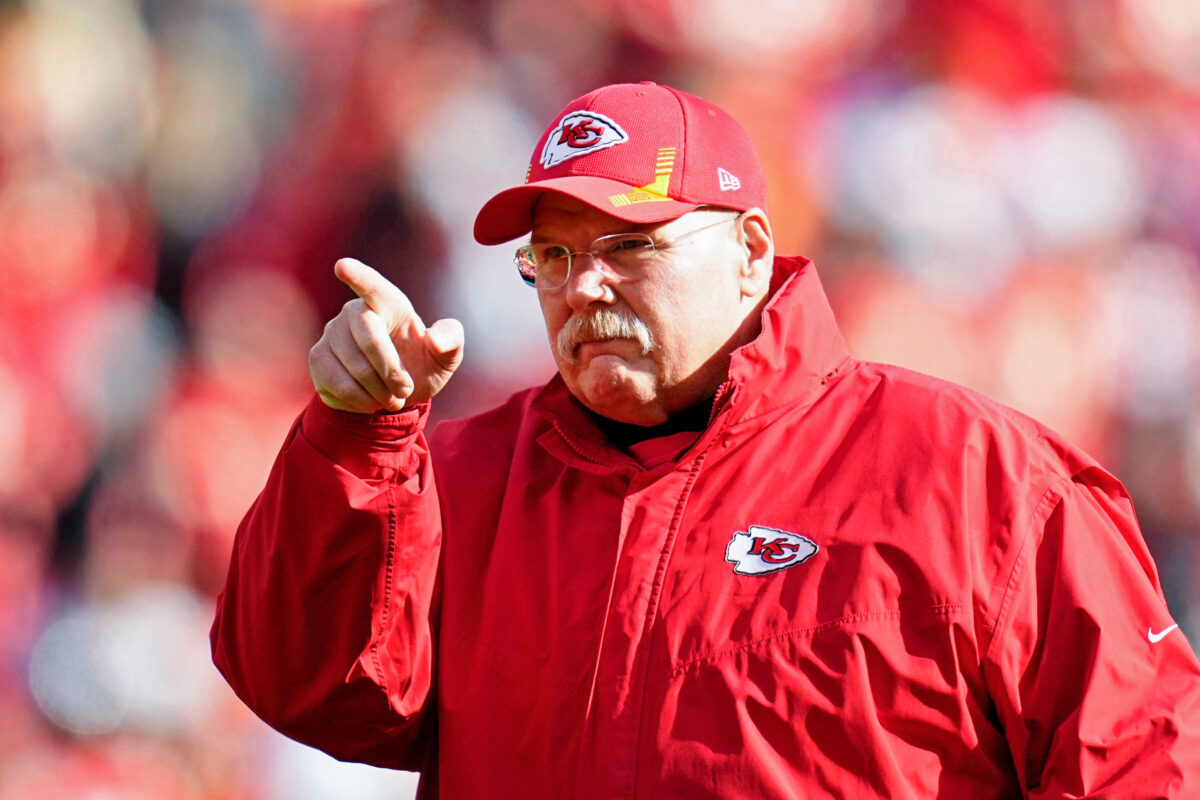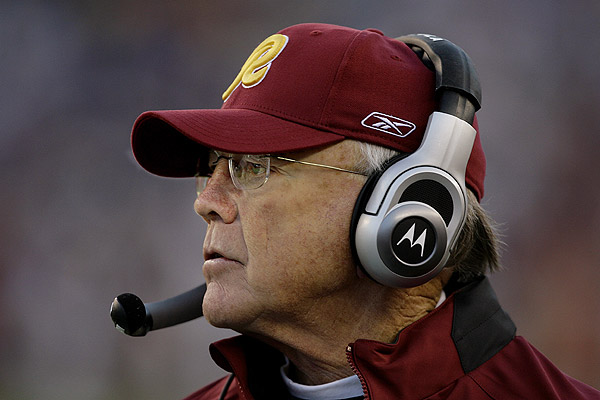One month from today, the Cowboys will be in Oxnard, Calif. and 2024 training camp will have begun, with the first practice slated for July 25.
It will almost certainly not kick off the way camp once did under head coach Tom Landry.
The Hall of Fame icon was a well-known disciplinarian. He took a hard-lined, businesslike approach to the game of football, and he expected his players to do the same. But Landry had come along in a very different era, when even the top players in the league typically held down regular 9-to-5 jobs during the offseason and arrived at camp having performed no real physical exertion (outside of, maybe, mowing their own lawns) since their last game six or seven months prior.
Beginning in 1960, during the Cowboys’ very first training camp, the coach kickstarted the summer session with a nasty conditioning warmup that became infamously known as the “Landry Mile.”
A mile-long run. In cleats. Timed. Backs and ends had to finish in under six minutes; linemen got an extra thirty seconds.
“The Landry Mile wasn’t anything real significant,” legendary defensive tackle Bob Lilly once said. “It was a test of conditioning.”
But even for some of the premier athletes of the day, it proved to be a grueling challenge.
“I had never run a mile in my entire life. I failed miserably,” Ring of Honor running back Don Perkins would recall decades later. “It’s been 50 years now, but I still remember walking and crawling most of the final two laps.”
And there were consequences for not meeting the timed benchmarks.
“If they didn’t hit the target,” former Cowboys exec Gil Brandt once explained, “they’d have to run a number of penalty laps the next morning at 6 a.m.”
The Landry Mile became an opening-day staple of Cowboys training camp, with names of the top finishers often printed in the local papers. Some details of the run would vary from year to year. One summer, it might take place on a track. The next, Landry might utilize the sloping hills of wherever the team was practicing.
But the players knew the tradition would be waiting for them when they reported. And they almost universally dreaded it.
“I hated the Landry Mile,” said defensive end John Gonzaga. “I told Tom Landry, ‘If they ever make the field longer than 100 yards, I’m going to quit.’ But he said I had to run the mile anyway. He said, ‘I don’t have any time for comedians.’ So I ran it.”
“We knew we could knock out a mile, but it still was intimidating,” Hall of Fame receiver Drew Pearson said. “What we heard of as a rookie coming in was, ‘You’ve got to make the Landry Mile.’ It added to what we heard the reputation of camp was about. It was going to be hard. It was going to be brutal.”
Players struggled. Players vomited. Players passed out. Some players contemplated quitting on the spot. At least one did.
“We had this one guy, I can’t even remember his name, who was having a rough time,” remembered longtime Cowboys staffer Joe Bailey. “He came to this turn on the run and just kept going, ran a straight line right back to the locker room … changed his clothes, and was gone. We never saw him again.”
“This isn’t for me,” Brandt remembered him saying. “I didn’t come here to run track; I came here to play football.”
[affiliatewidget_smgtolocal]
But even the track stars that made up some of those early Cowboys squads had difficulty with the long distance.
“Bob used to walk it,” Pearson once remembered of Bob Hayes, an Olympic gold medal sprinter who was recruited to play football. “Poor Bob. He could go 100, maybe run that 220, but he couldn’t run that damn mile for nothing.”
“I never came close to running that mile in six minutes,” admitted Perkins. “Bob Hayes and Bob Lilly never did either, so at least I was in good company.”
And there was extra pressure, beside the clock. Coach Landry ran the Mile, too.
“You had to finish between [tight end Mike] Ditka and Coach Landry,” Pearson explained. “Mike was really in shape back then. He had his own hips and could really run. He would set the pace. Coach Landry would really push the end of it. You had to finish in between those two guys.”
Not everyone did.
“Coach Landry ran it with us and beat me by about 100 yards,” recalled nine-time Pro Bowl defensive tackle Randy White. “OK, 200 yards. I thought, ‘I can’t even beat the coach running a mile. Maybe I can’t play.'”
While a poor finish in the Landry Mile was used to weed out the occasional prospect who was obviously in over his head, the coach generally found a way to let his stars slide with a sub-optimal time. White, Hayes, Perkins: everyone knew they’d never have to repeat the long-distance feat on gameday.
But it sure got the tough work of training camp started on a fitting note.
“It was not because he wasn’t in shape,” Brandt once said of Perkins. “He just couldn’t run a mile.”
The same could be said of many of the Cowboys’ all-time heroes.
The Landry Mile eventually took a backseat during the team’s notoriously demanding training camps as the coach sought new and innovative methods for working his players.
In 1969, for example, a newfangled conditioning technique called aerobics was waiting at Cowboys camp. That introduced stationary bikes to football, the idea of emphasizing oxygen intake during exercise having first been developed by an Air Force physiologist who was a friend of Landry and had written a wildly popular book about the topic the year before.
But the Landry Mile still lives on in the fabled history of the Cowboys, just one of the tactics famously used by one of the sport’s greatest coaching minds to help turn a ragtag group of upstarts into America’s Team.
[lawrence-auto-related count=3]
[mm-video type=video id=01j15wvfx14xvqw1ng6q playlist_id=01eqbwens7sctqdrqg player_id=none image=https://images2.minutemediacdn.com/image/upload/video/thumbnail/mmplus/01j15wvfx14xvqw1ng6q/01j15wvfx14xvqw1ng6q-6bfa5cd0375babac22b5faec3fa775aa.jpg]
[lawrence-newsletter]
